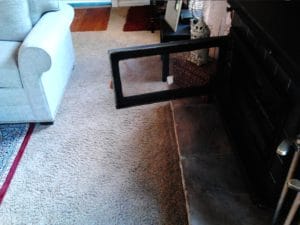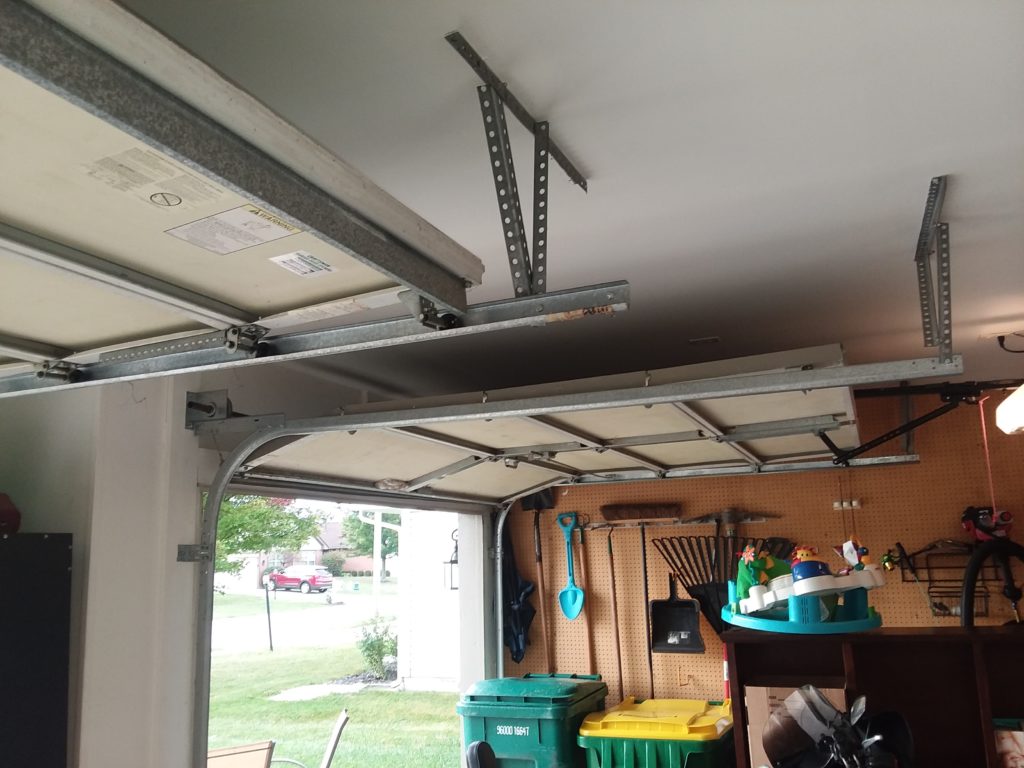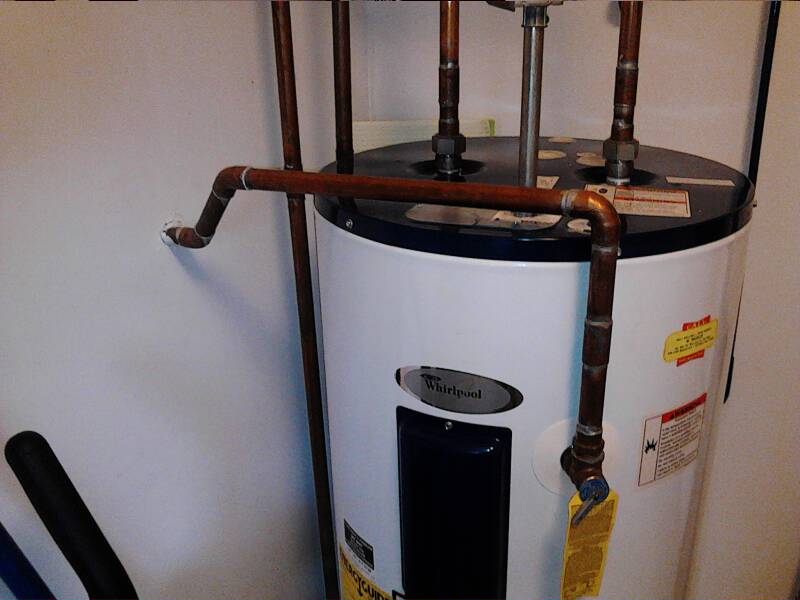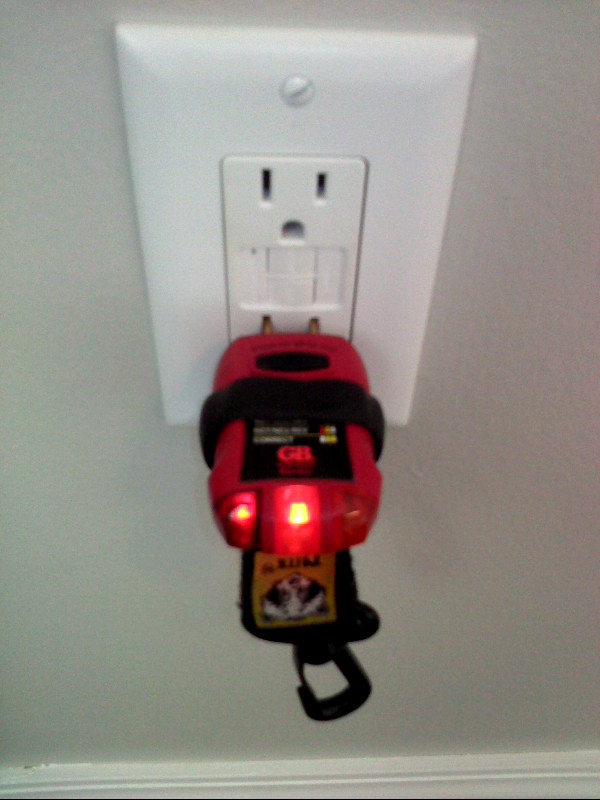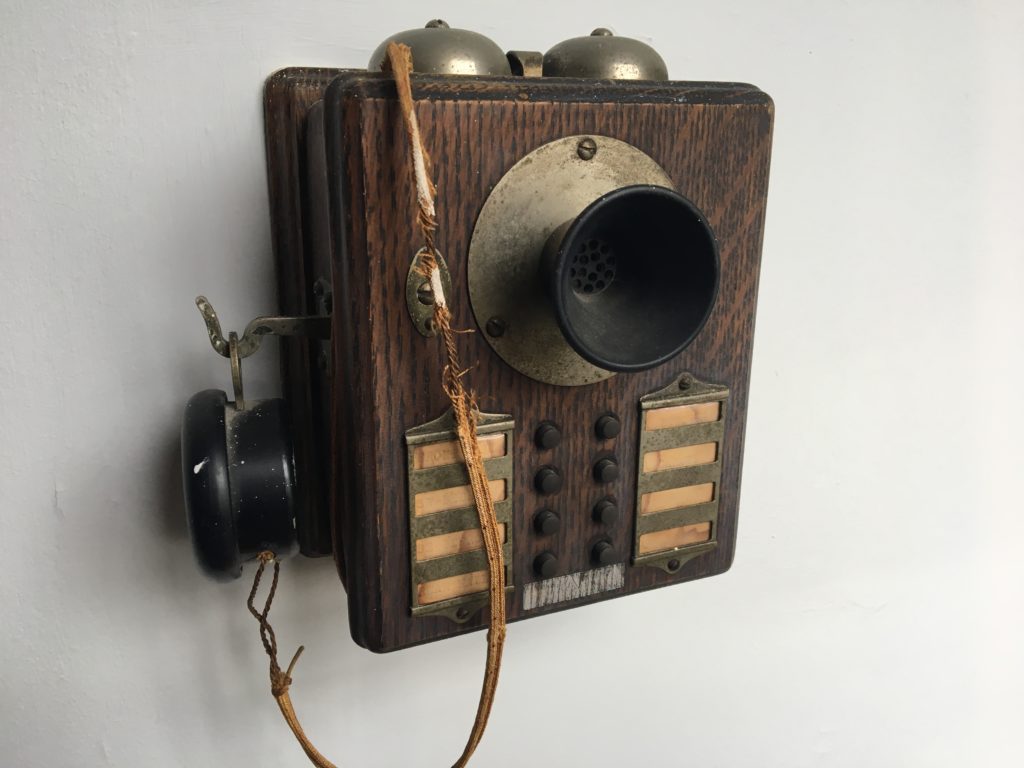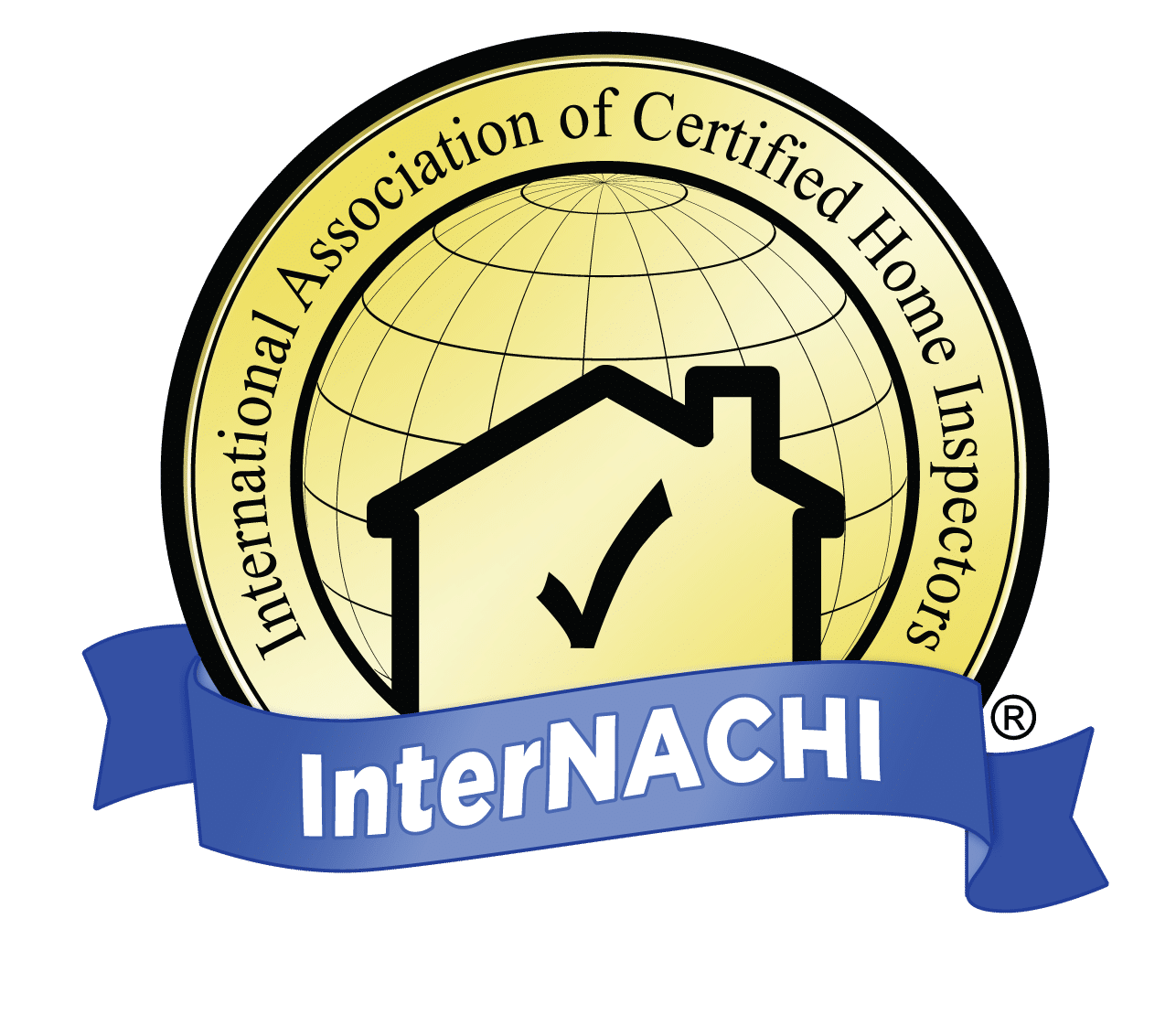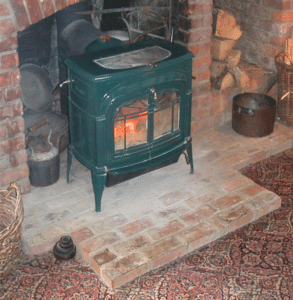
Most manufacturers recommend after a slow, relatively cool fire has been burning for a few hours, that the fire should be stoked up and burned hot for twenty minutes to a half hour. This burns off the creosote that begins to form in the chimney when there is a slow burning fire.
Recommended temperature for operating a log stove with a catalytic converter is between 400 and 550 degrees. The wood you burn should be well seasoned, preferably hardwood. The firewood should be kept dry and well ventilated before use. Wet or green (unseasoned) wood will burn poorly causing a buildup of creosote in the chimney.
The chimney or flue pipe of a log stove should be cleaned every year that it is used.
Most log stoves have stainless steel flue liners that will deteriorate if not cleaned every year they are used. They should have a cap at the top of the pipe to stop water entering the flue. Rain water mixed with soot turns into an acid that destroys the joints in the stainless steel liner.
SAFETY ISSUES:
The hearth must be a non combustible material and extend out a minimum of 18″ from the front of the stove, equally if the door opens it must not open out over any combustible material.
The stove must be connected to the chimney flue with a pipe, it cannot be inserted leaving all the smoke chamber exposed to the smoke. Practically speaking it will probably need a flexible stainless steel pipe the complete length of the chimney, connected directly to the stove.
